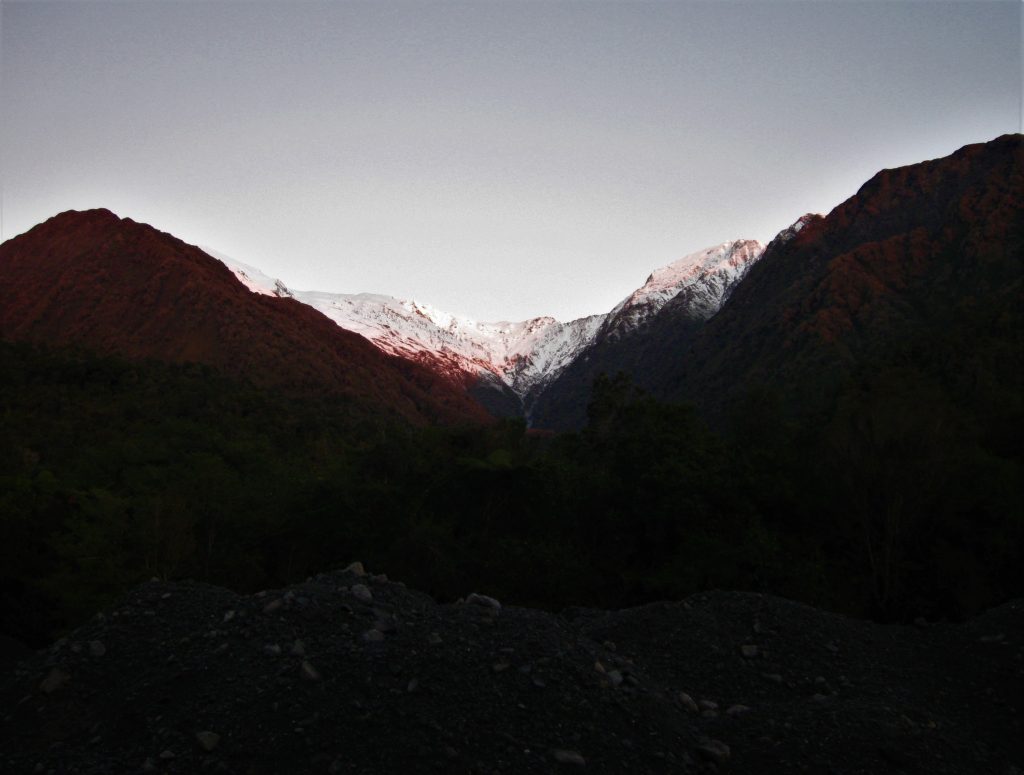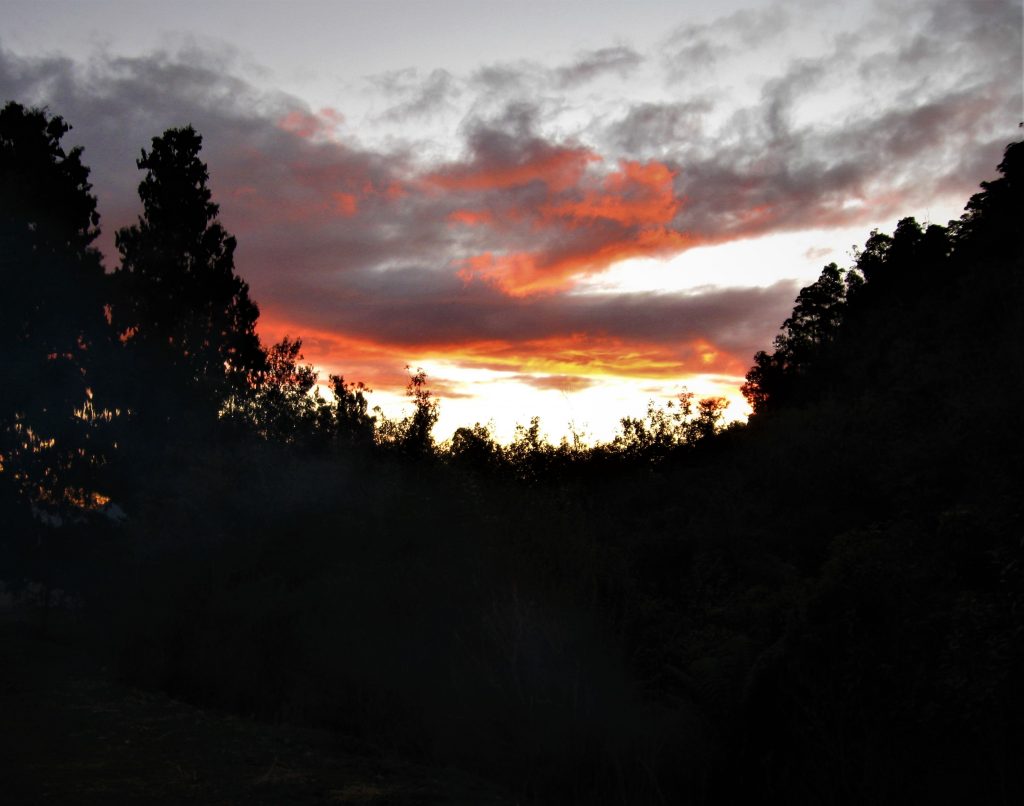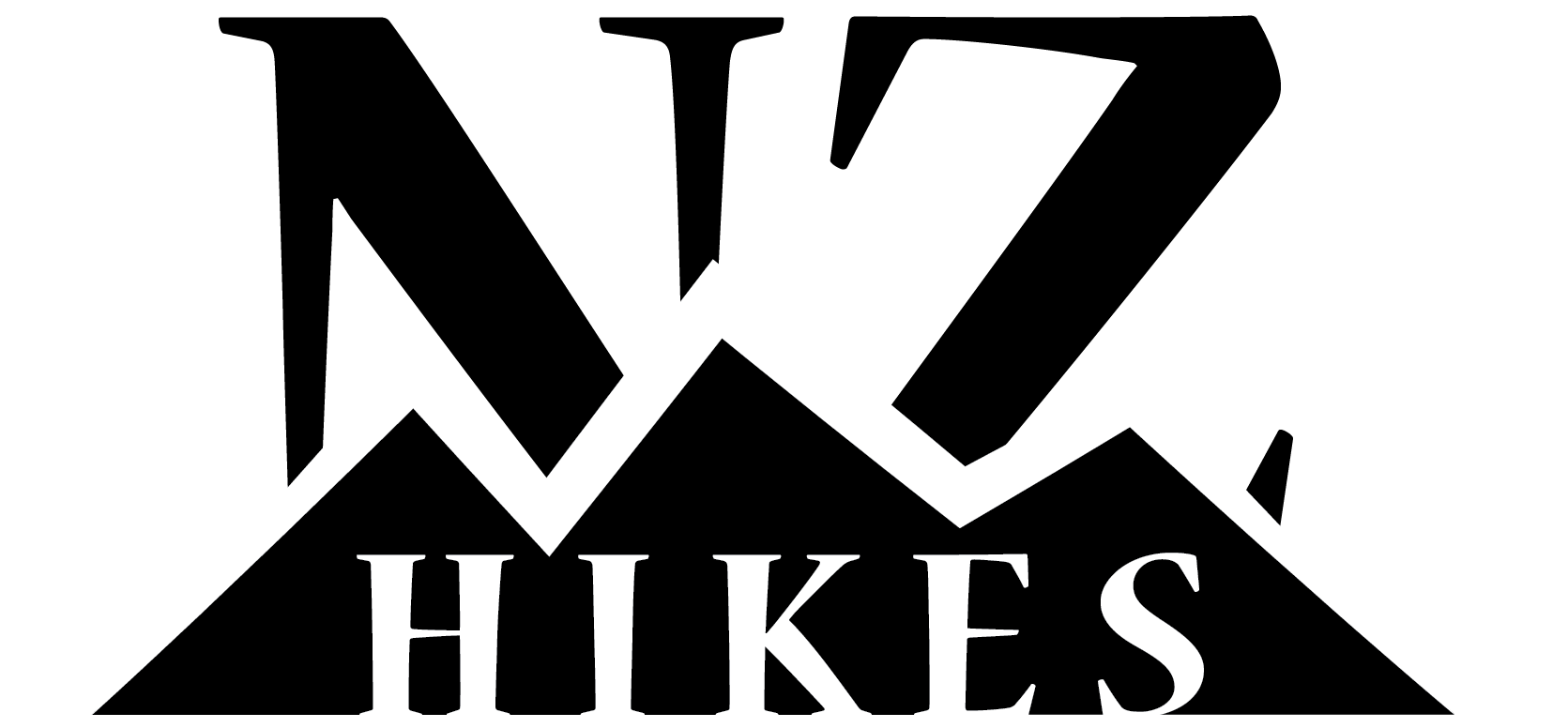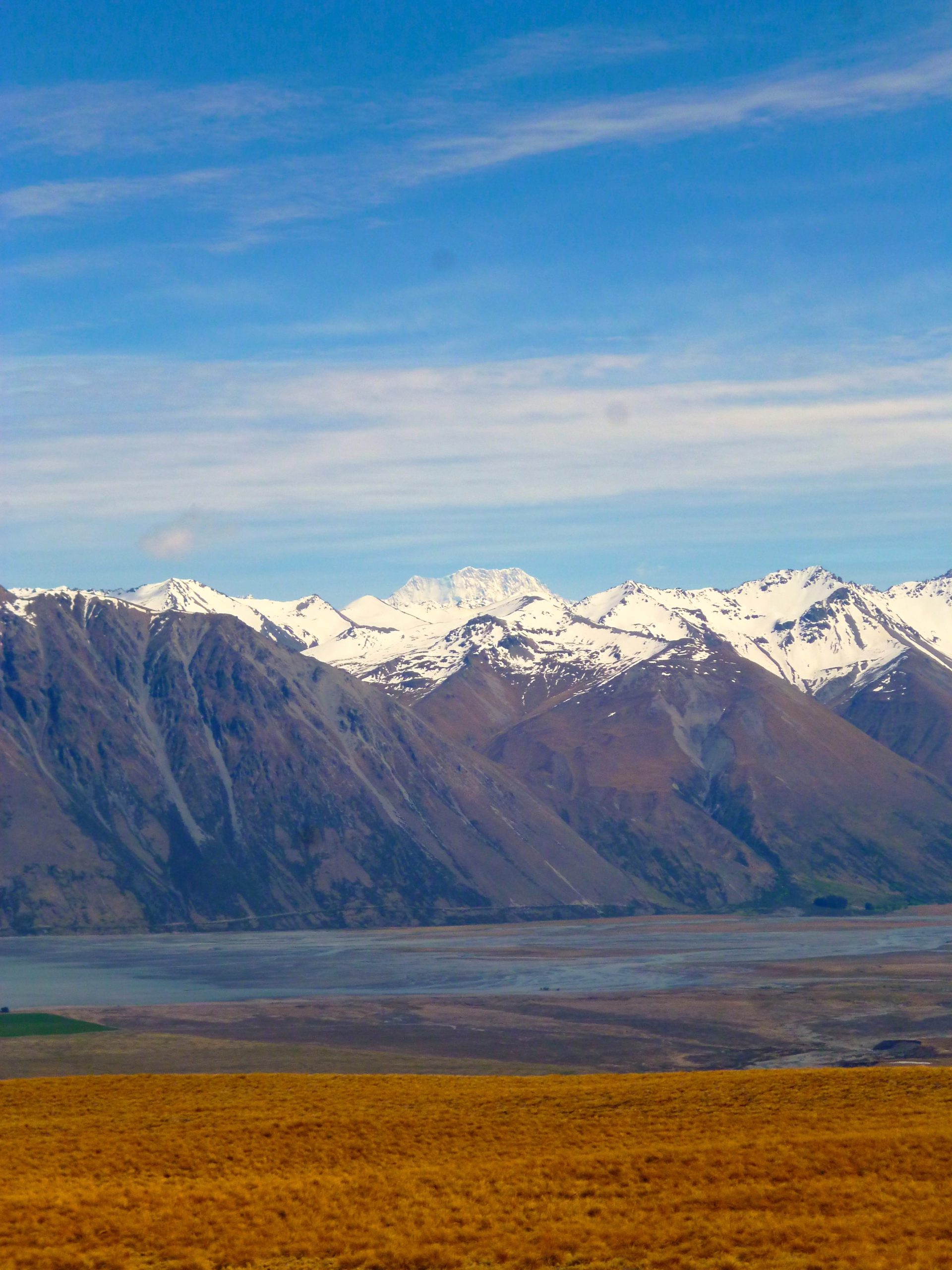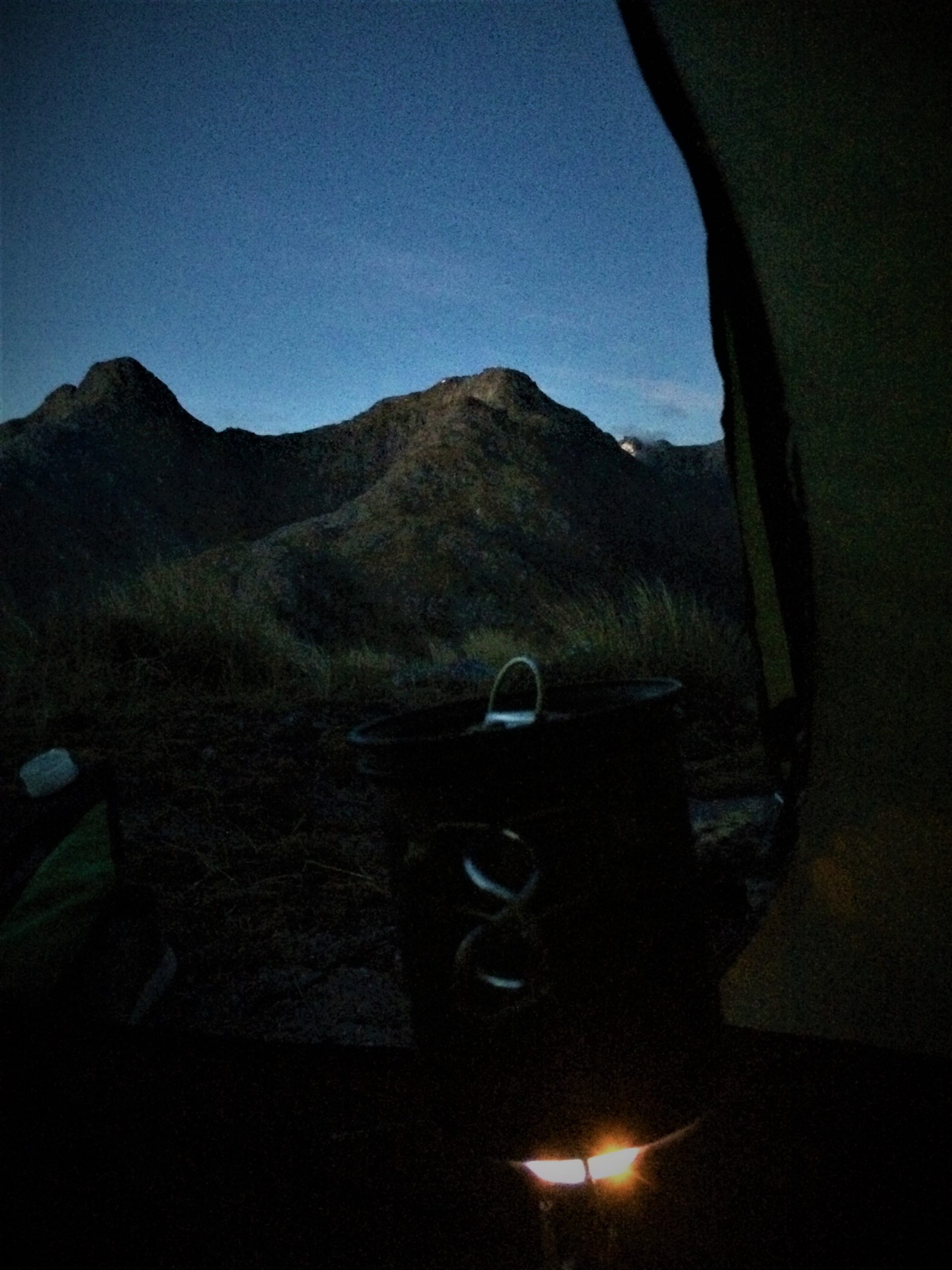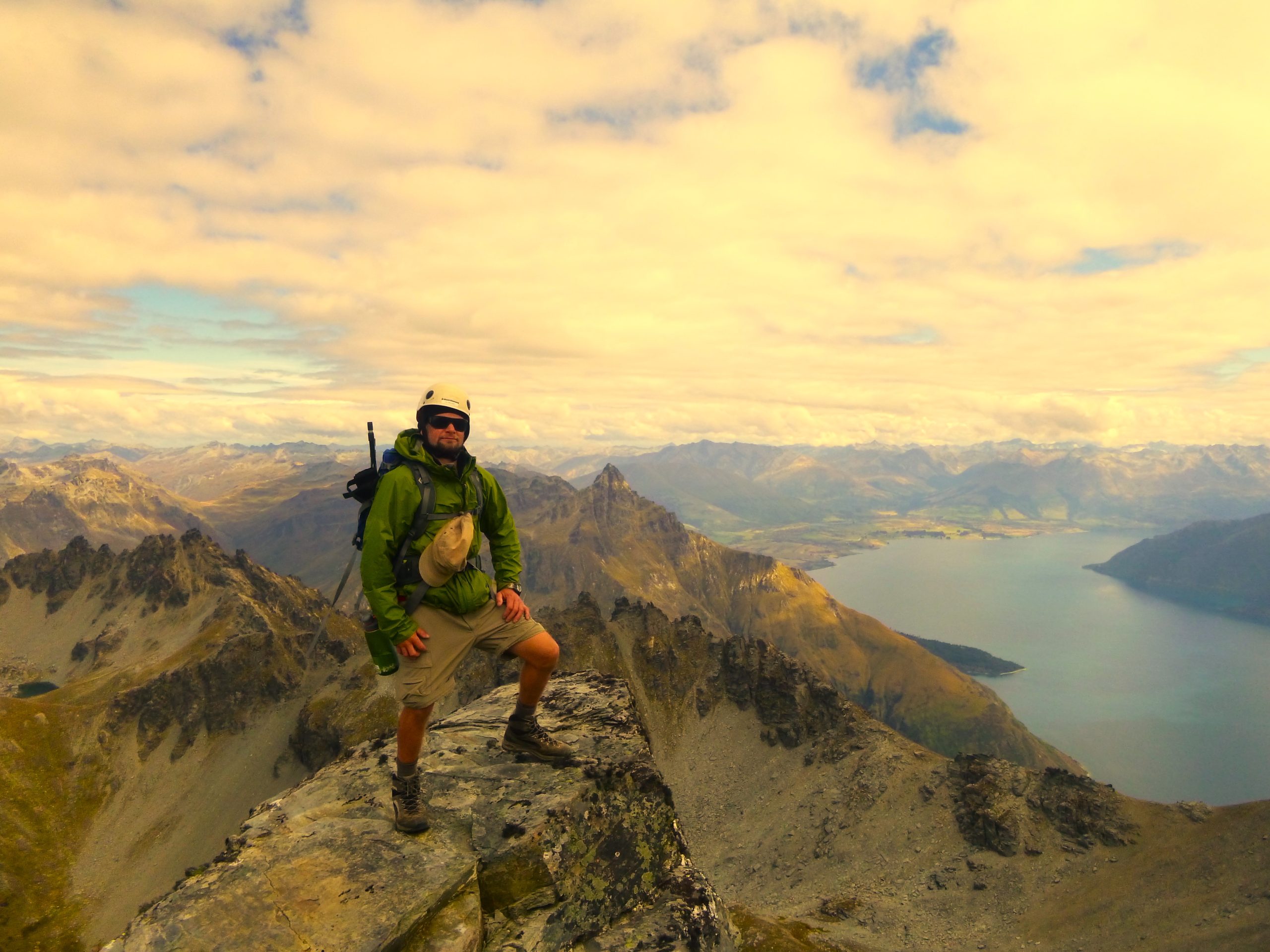“On a Mish” #179 Follow a Man Named John Smith (Part One). Dry Creek (Little Man Creek). Whataroa. 21.7.2009. While the rest of the world grew, Aotearoa sat alone near the end of the earth. It took brave and bold voyages by adventurous almost outdoor-proof people to reach this rugged land with mountains that rise out of the sea with ease into the clear air that the unique birds soar through. It must have been a sight to behold for the humans who first called Aotearoa their home. But unfortunately, with people comes vermin and devastating changes to a delicate ecosystem, and while waiting for another winter to blow through and another Routeburn Track season to begin I met a man whose life had been dedicated to undoing the mistakes of the past…
I was immediately in love with working in the outdoors when I began my time working with Ultimate Hikes on the Routeburn and Milford Tracks. The only downside was the fact that it was a seasonal job. During the winter I had to fill in the cloud months, and before working at McEwings Ski & Board (a place I’d return to for six winters) I worked for a man named Ray. Ray is a scientist who creates baits (poisons) to eradicate the pests that were brought here by mistake, and in some cases on purpose.
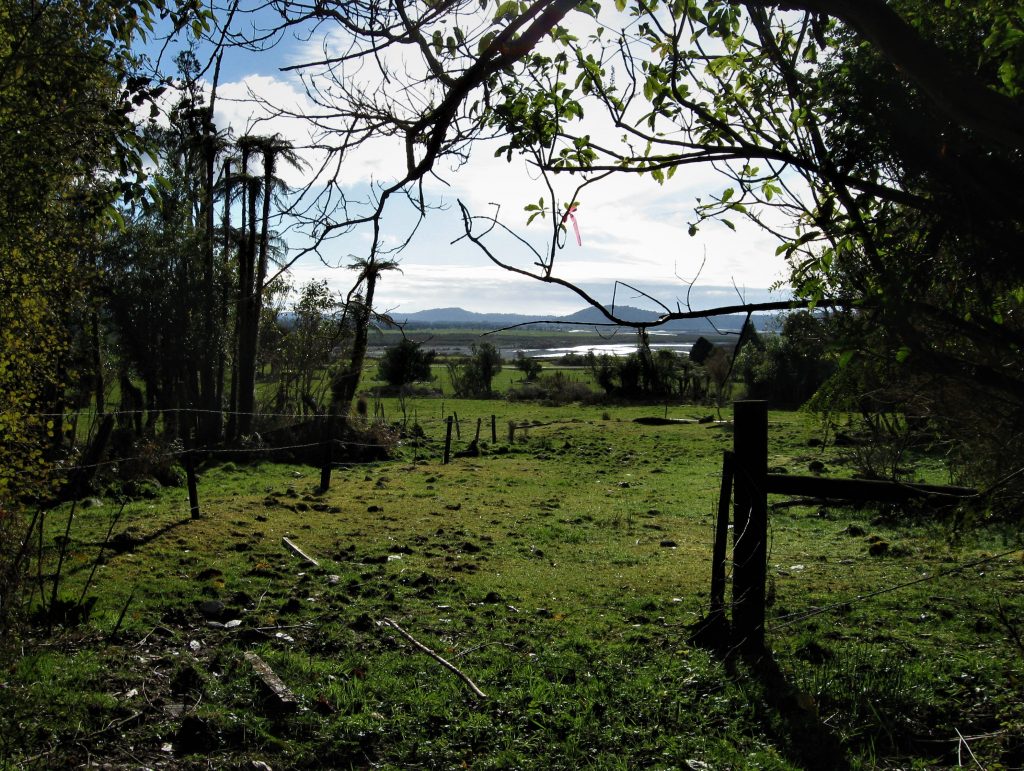
During the 2009 winter Ray needed an off sider to help with odd jobs at his lab and help in the field monitoring creature numbers. The lab stuff was mostly cleaning jobs and nothing very interesting. However, once out on the mish in the mountain’s things got good and I was introduced to the wild world of possuming.
While working at the lab Ray was preparing me for a trip to Whataroa on the Southland’s West Coast, and a trip the Mackenzie Country in South Canterbury. The Whataroa trip was a two-stage mission. Stage One: Head into the bush and lay traps, then count the numbers of possums caught. Stage Two: Return to the area and repeated the process after an aerial drop of one of Ray’s baits. I didn’t really know what I was getting myself into, I was just happy to have work sorted for the winter.
For the first stage Ray would be staying back in Christchurch and I was told to head to the tiny town for Hororata and from there follow a man named John Smith. No offence to the John Smith’s out there, but it almost felt like I was being set up! As fate would have it John Smith turned out to be a very chill dude and someone who was easy to work with. This was super important as we would be sharing an old camper and tackling the West Coast wilderness together for the next eight days.
It was well into the afternoon when I caught up with John Smith and by the time we hit the coast at Hokitika it was evening. Fish and chips are a must when in Hokitika, so after a good feed we were ready to hit State Highway 6 and the many switchbacks of Mt Hercules enroute to our home in the bush of Whataroa…
